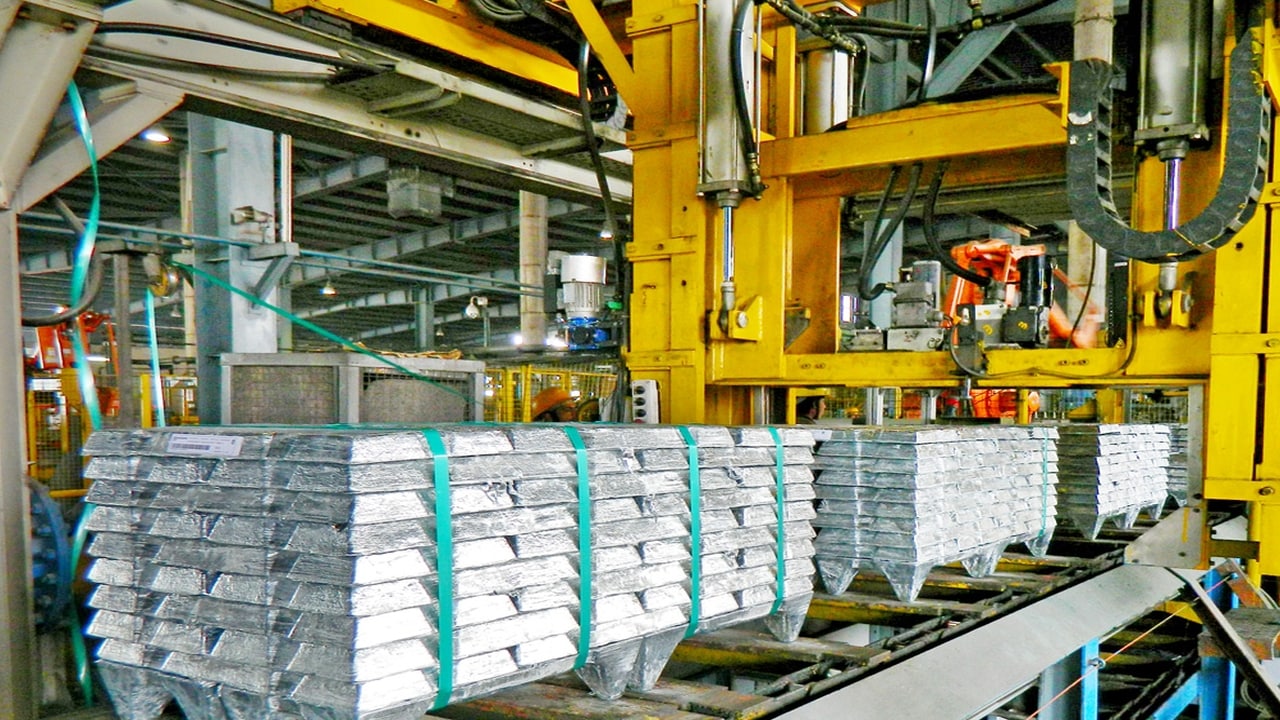Artificial Intelligence (AI) has firmly cemented itself as the operating system of the modern world. From sophisticated data analytics to the conversational ease of chatbots, AI’s influence is pervasive.
The name ChatGPT is now synonymous with this revolution, sparking curiosity in everyone from tech enthusiasts to schoolchildren.
But while models like GPT-3, GPT-4, and the anticipated GPT-5 are widely discussed, many users remain unaware of the simple, yet fundamental, meaning hidden within the acronym itself.
GPT: Power Behind The Letters
The three letters in GPT, each representing a crucial component of the technology’s functionality, stand for ‘Generative Pre-trained Transformer’. Understanding these three terms is essential to grasping why this AI architecture has proven so transformative.
1. Generative
The “Generative” aspect is what sets GPT models apart from earlier AI. Where older systems were typically limited to recognition (identifying objects in an image) or prediction (forecasting a stock price), GPT excels at creation. Trained on vast quantities of data, it learns the patterns and nuances of human language, enabling it to craft entirely new, natural-sounding content. This includes composing essays, writing complex code, drafting email responses, and even creating poetry, all with a coherence that mimics human authorship.
2. Pre-trained
Before these models are deployed for specific tasks, they undergo intensive “pre-training”. This massive undertaking involves feeding the AI colossal datasets comprising thousands of books, articles, websites, and other textual sources. This process equips the model with a deep, foundational understanding of language, grammar, facts, and cultural context. Because of this comprehensive initial training, the GPT model is immediately versatile, capable of performing a wide array of tasks, from summarising complex research to answering trivia, without requiring separate, dedicated training for each one.
3. Transformer
The Transformer is arguably the technological brain of GPT, the architectural innovation that made its power possible. Introduced by Google researchers in 2017, the Transformer model revolutionised how AI processes language. Its key feature is the “Attention Mechanism”, which allows the model to simultaneously process an entire text and focus on the most important or relevant words, regardless of their position in a sentence. This overcomes the major limitation of older models (like RNNs and LSTMs), which processed text slowly, word by word, and often struggled to maintain context and coherence over long paragraphs.
Why GPT Models Dominate The AI Landscape
The GPT architecture has rapidly taken the AI world by storm for several compelling reasons:
- Human-Like Response: The models’ ability to generate text that is not only grammatically correct but also contextually rich and natural is unmatched, making them indispensable for applications like customer service, content generation, and virtual assistance.
- Unprecedented Versatility: A single GPT model can seamlessly switch between diverse functions, summarising a research paper one moment and writing bug-free code the next, making it a highly efficient, general-purpose tool.
- Massive Scale and Accuracy: The current generation of models, such as GPT-4, are trained on billions of parameters. This vast scale allows for a deep understanding of complex prompts and the delivery of highly nuanced and accurate responses.
The Future of GPT
The architectural foundation of the Generative Pre-trained Transformer represents a giant leap from older, sequential AI models. By understanding the entire text at once and focusing on key information, GPT can produce logical, long-form content that was previously out of reach.
Moreover, the technology is no longer confined to just text. Modern iterations of the Transformer architecture are evolving into multimodal AI, capable of understanding and generating not only text but also images, audio, and video. As its applications rapidly expand across education, healthcare, entertainment, and more, the GPT architecture continues to define the cutting edge of AI development.















